Hey New York, meet Forward. A new kind of doctor’s office with unlimited visits & no copays. Ever. Forward has two locations in NoMad & Midtown featuring unlimited access to world-class doctors, biometric body scans, genetic testing and so much more. Learn why The New Yorker called us “the doctor’s office of the future” → https://bit.ly/2sVXtfa
Category: privacy – Page 19
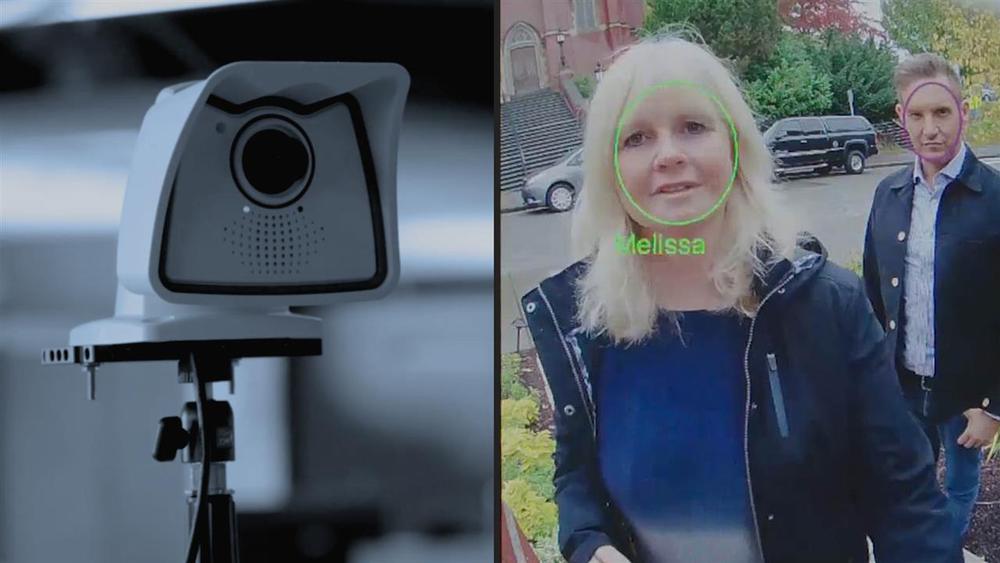
Facial Recognition Tech Aims to Identify Good and Evil
Facial recognition is going mainstream. The technology is increasingly used by law-enforcement agencies and in schools, casinos and retail stores, spurring privacy concerns. In this episode of Moving Upstream, WSJ’s Jason Bellini tests out the technology at an elementary school in Seattle and visits a company that claims its algorithm can identify potential terrorists by their facial features alone.

Patent talk: Apple concept features earbuds that can be worn interchangeably
Are we about to see Apple reaching an even newer gold standard in ear buds? Apple has a patent for AirPods with built in biometrics. It’s being called “universal” because the idea calls for ear pods that can be worn in either ear. That would mean no more left-right business.
Much of the tech news coverage is focusing on the “interchangeable” aspect of the patent concept. 9to5Mac’s Alex Allegro said interchangeable earbuds “equipped with ‘at least one’ biometric sensor, which could detect left/right ear placement and accordingly adjust audio.” He assessed the potential advantages as “evolving AirPods from a separate left / right unit to a single component,” which could lower costs and simplify getting a replacement AirPod.
If the ear buds are interchangeable, then it is a big deal in terms of user satisfaction. OK, the product is popular now but The Verge reminds us that the AirPod is not a perfect fit for everyone. Nick Statt: “Due to the shape of some people’s inner ear, the headphones simply don’t fit every possible ear shape well.”
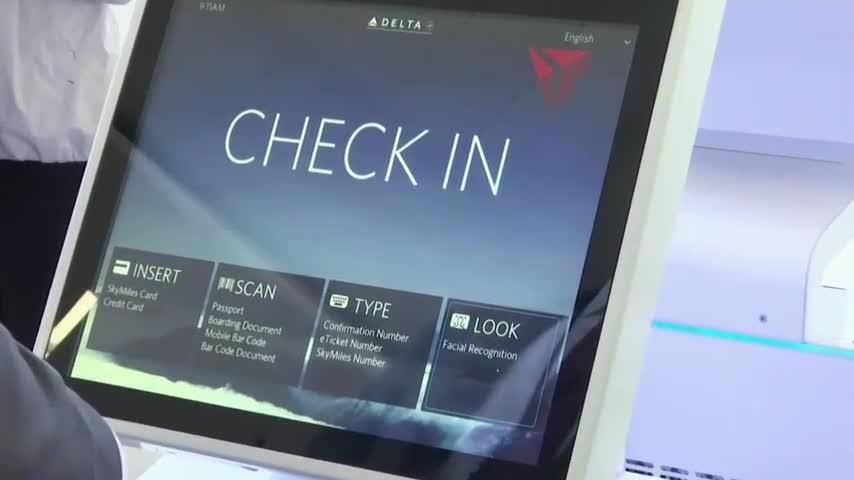

Genetics Start-Up Wants to Sequence People’s Genomes for Free
The new service lets consumers contribute to medical research, but still poses privacy concerns.
- By Karen Weintraub on November 17, 2018

Researchers Create ‘Master Fingerprints’ to Unlock Phones
Biometric features like fingerprint sensors and iris scanners have made it easier to securely unlock phones, but they may never be as secure as a good old-fashioned password. Researchers have repeatedly worked out methods to impersonate registered users of biometric devices, but now a team from New York University and the University of Michigan has gone further. The team managed to create so-called “DeepMasterPrints” that can fool a sensor without a sample of the real user’s fingerprints.
Past attempts to bypass biometric systems usually involve getting access to a registered individual’s data — that could be a copy of their fingerprint or a 3D scan of their face. DeepMasterPrints involves generating an entirely new fingerprint from a mountain of data that’s close enough to fool the sensor. Like so many research projects these days, the team used neural networks to do the heavy lifting.
The process started with feeding fingerprints from 6,000 people into a neural network in order to train it on what a human fingerprint looks like. A neural network is composed of a series of nodes that process data. It feeds forward into additional “layers” of nodes if the output meets a certain threshold. Thus, you can train the network to get the desired output. In this case, the researchers used a “generative adversarial network” to tune the system’s ability to generate believable fingerprints. The network used its understanding of prints to make one from scratch, and then a second network would determine if they were real or fake. If the fingerprints didn’t pass muster, the network could be re-tuned to try again.
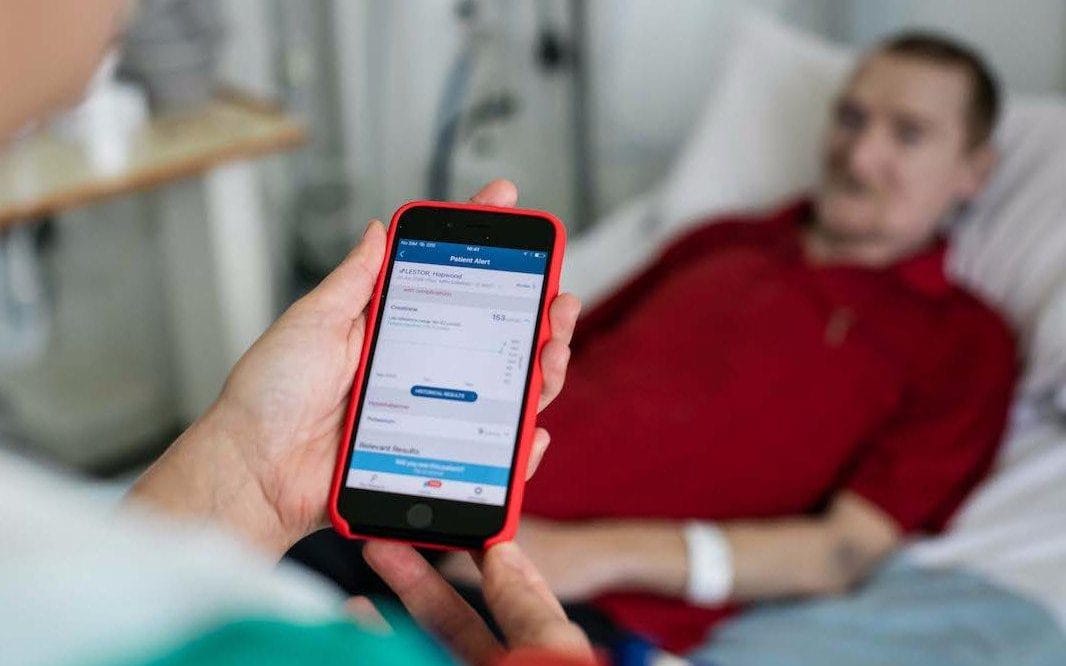
Privacy concerns as Google absorbs DeepMind’s health division
Privacy advocates have raised concerns about patients’ data after Google said it would take control of its subsidiary DeepMind’s healthcare division.
Google, which acquired London-based artificial intelligence lab DeepMind in 2014, said on Tuesday that the DeepMind Health brand, which uses NHS patient data, will cease to exist and the team behind its medical app Streams will join Google as part of Google Health.
It comes just months after DeepMind promised never to share data with the technology giant and an ethics board raised concerns over its independence.
China: facial recognition and state control | The Economist
Whether it’s left there or right here… the tactics and destination look pretty much the same to me…
China is the world leader in facial recognition technology. Discover how the country is using it to develop a vast hyper-surveillance system able to monitor and target its ethnic minorities, including the Muslim Uighur population.
Click here to subscribe to The Economist on YouTube: https://econ.st/2xvTKdy
Improving lives, increasing connectivity across the world, that’s the great promise offered by data-driven technology — but in China it also promises greater state control and abuse of power.
This is the next groundbreaking development in data-driven technology, facial recognition. And in China you can already withdraw cash, check in at airports, and pay for goods using just your face. The country is the world’s leader in the use of this emerging technology, and China’s many artificial intelligence startups are determined to keep it that way in the future.

US airports’ new facial recognition tech spots first imposter
The facial recognition technology the US is testing for airports has caught its first imposter merely three days after Washington Dulles International started using it. According to US Customs and Border Protection (CBP), a 26-year-old man from Sao Paulo, Brazil successfully fooled people with a French passport until he presented it to a Dulles officer who used the new facial comparison biometric technology. The system determined that his face wasn’t a match with the person in the passport, and he was sent for a comprehensive check, which revealed the Republic of Congo ID hidden inside his shoe.
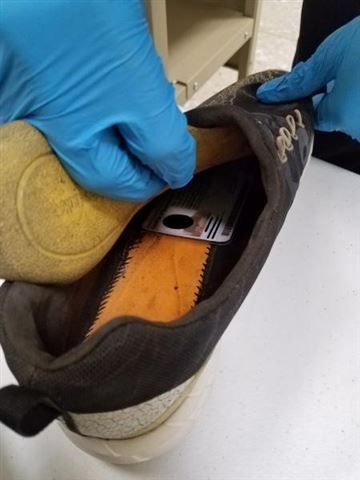
[Image credit: US Customs and Border Protection].
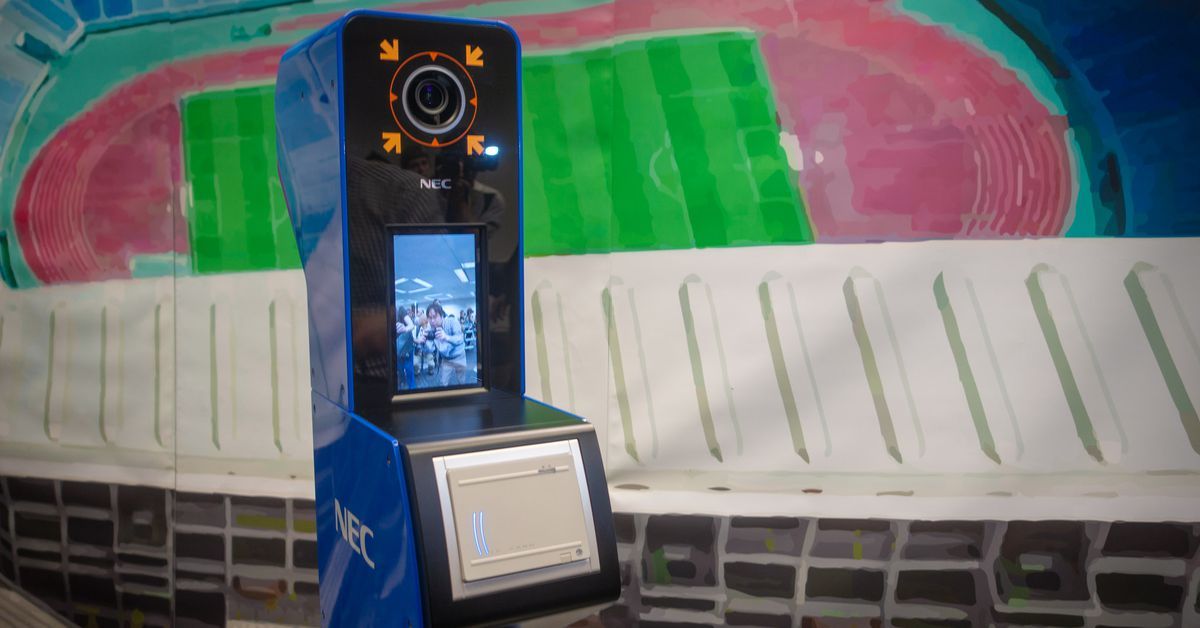
NEC unveils facial recognition system for 2020 Tokyo Olympics
NEC has announced that it will be providing a large-scale facial recognition system for the 2020 Summer Olympic and Paralympic Games in Tokyo. The system will be used to identify over 300,000 people at the Games, including athletes, volunteers, media, and other staff. It’s the first time that facial recognition technology will ever be used for this purpose at an Olympic Games.
NEC’s system is built around an AI engine called NeoFace, which is part of the company’s overarching Bio-IDiom line of biometric authentication technology. The Tokyo 2020 implementation will involve linking photo data with an IC card to be carried by accredited people. NEC says that it has the world’s leading face recognition tech based on benchmark tests from the US’ National Institute of Standards and Technology.